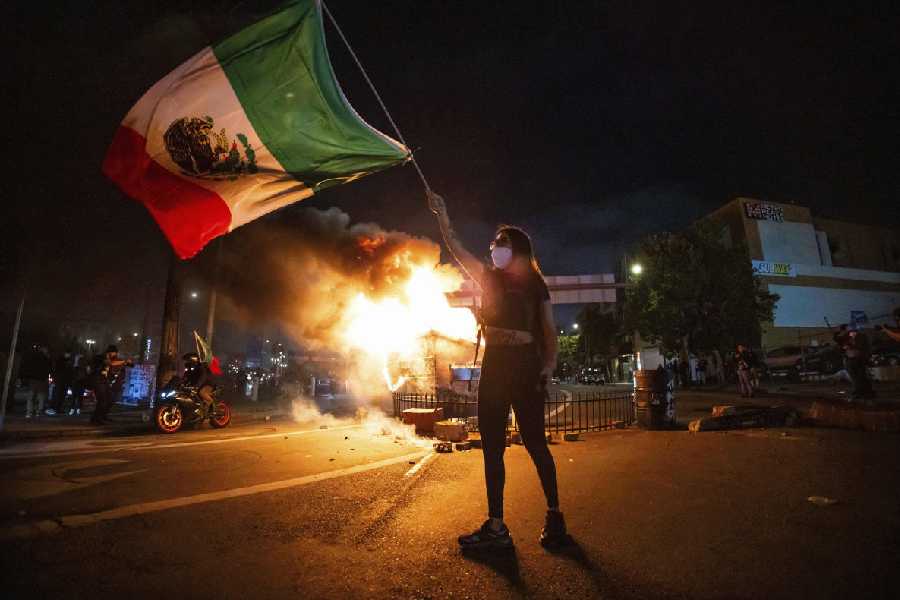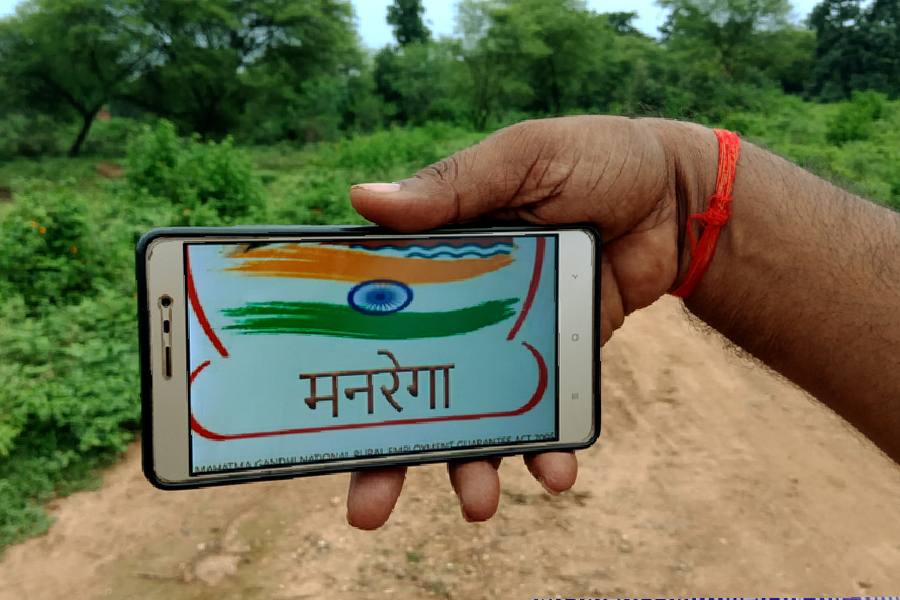Some of the people demonstrating in downtown Los Angeles on Sunday said they were first-or second-generation immigrants showing solidarity with neighbours or family members, and a few expressed anger that neighbours had received deportation orders.
“This is a real threat, this is not just talk”, said Zander Calderon, 36, from northeast Los Angeles. He said he knew several people who had received such orders, as well as one neighbour who had self-deported.
“He didn’t want to live in fear”, Calderon, who wore a poncho with an image of the Virgin Mary and the colours of the Mexican flag.
Others said that although they were not regular protesters, the federal government’s recent immigration raids had motivated them to take action.
“This morning I couldn’t stay home anymore”, said Elizabeth Torres, 36, who was carrying a Mexican flag outside the Metropolitan Detention Centre in downtown Los Angeles. “If the people that are detained can see me through the windows, just know that you’re not alone.”
Martín Hoecker-Martinez, a physics professor who was waving an American and a Colombian flag, said that he had travelled about an hour and a half to join the protests.
“I’m a US citizen, and I think that one of the greatest points of pride of the US is that we are a country of immigrants”, said Prof. Hoecker-Martinez, whose mother came from Colombia. “I bristle when people deride the US government as the embodiment of our collective will.”
Nicole Garcia, 35, attended the protest with her teenage son.
She said that while she worried about the safety risks of bringing him along, she wanted him to understand “what it looks like when community comes together”.
Garcia, who described herself as Mexican American, was veiled and wore a floral wreath and face paint symbolising the Mexican Day of the Dead.
Brianna Vargas, 24, said she was protesting for her parents, who had emigrated from Mexico and El Salvador, and for others who were too afraid to leave their homes.
Reposting messages of solidarity with victims of immigration enforcement raids on social media is one thing, she said.
“It’s different when you’re actually here.”
New York Times News Service










